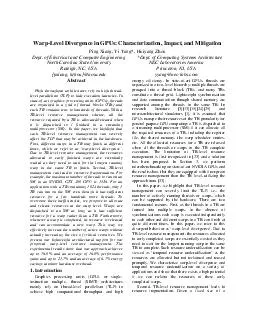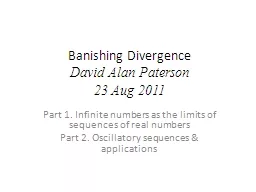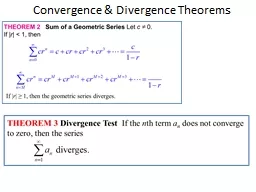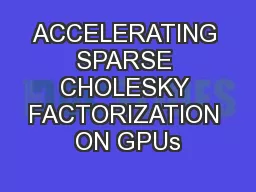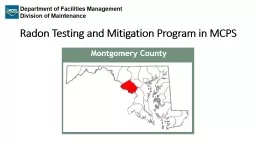PDF-WarpLevel Divergence in GPUs: Characterization, Impact, and Mitigation
Author : lindy-dunigan | Published Date : 2015-12-04
Dept of Electrical and Computer Engineering North Carolina State UniversityRaleigh NC USA pxiang hzhouncsuedu Dept of Computing Systems Architecture NEC Laboratories
Presentation Embed Code
Download Presentation
Download Presentation The PPT/PDF document "WarpLevel Divergence in GPUs: Characteri..." is the property of its rightful owner. Permission is granted to download and print the materials on this website for personal, non-commercial use only, and to display it on your personal computer provided you do not modify the materials and that you retain all copyright notices contained in the materials. By downloading content from our website, you accept the terms of this agreement.
WarpLevel Divergence in GPUs: Characterization, Impact, and Mitigation: Transcript
Download Rules Of Document
"WarpLevel Divergence in GPUs: Characterization, Impact, and Mitigation"The content belongs to its owner. You may download and print it for personal use, without modification, and keep all copyright notices. By downloading, you agree to these terms.
Related Documents

